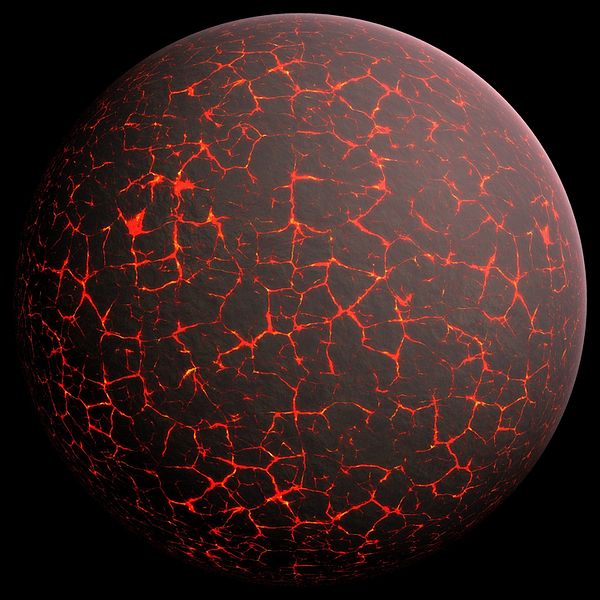
Notes from Erik Klemetti, “Early Start for Our First Continents,” Discover 41/1 (January/February 2020): 82-83:
We may well be alive because of the existence, on our planet, of continents. Among our solar system’s rocky planets (that is to say, not on gas giants like Jupiter and Saturn) only Earth has masses of less-dense rock that rise above a surrounding crust.
“We know that these land masses are a direct consequence of plate tectonics, when slabs of crust, continental and oceanic, interact as they move across the planet’s melted mantle.”
But when did they originate? Earth didn’t come ready-made with them, after all.
Evidence that would answer the question is difficult to find. Very little material has survived from the Archaeon Eon — which extended from roughly 4 billion years before the present to 2.5 B.P.
Some scientists argue that Earth’s continents are all about a billion years old. Others think that they’ve been gradually forming since our planet solidified (more or less) and took distinct shape about 4.6 billion years ago. Still others contend that terrestrial land masses have been forming, not gradually but in fits and starts, as they collided and broke apart and then collided yet again.
The oldest surviving building blocks of terrestrial rocks seem to be Australian zircon crystals, dating to 4.4 billion years B.P. And, indeed, these crystals are very, very old, going back to within just two hundred million years or so of the coalescence of Earth from swirling dust. Some scientists regard Australian zircon as evidence for the very early formation of a terrestrial crust, but this position is far from universally accepted.
It may, however, have received some support from research originating at Australia’s University of Adelaide. There, Derrick Hasterok and his colleagues looked at an enormous sampling of geochemical data from nearly 25,000 samples, attempting to map out how much heat has been produced over the past 4 billion years by rocks in Earth’s crust. (The continents are chiefly made of granite, which contains radioactive elements such as potassium, uranium, and thorium. As these elements in the granite decay, they produce heat at known rates.)
In an article in the journal Precambrian Research, Professor Hasterok and his associates contend that there is a “heat deficit” in models of Earth’s early history that points to the existence of more granite (and, thus, more continental material) in the past than scientists had previously believed.
According to this new research, continents may have formed half a billion years earlier than many theorists have supposed. If this is right, it may suggest that the process of plate tectonics began sooner than previously thought, influencing ocean and wind currents and creating volcanos that spewed carbon dioxide into the early atmosphere.
“Without that influence on climate, Earth may have remained a lifeless planet. And, if the dynamic process began much earlier than we thought, it’s possible that so did the story of life.”











